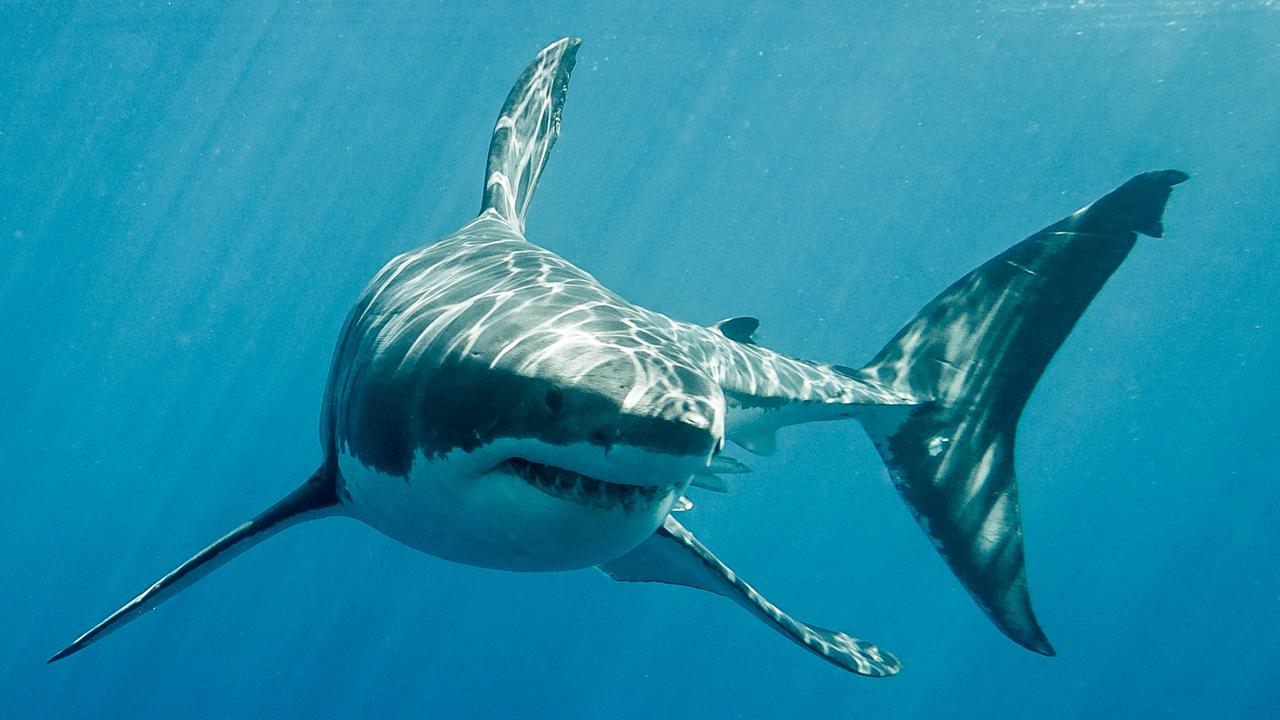#shark #attacks
“In my youth I was an advanced open water diver, I learned not to at night, dawn, or dusk. As many sharks are most active at these times and are better able to find you than you are to see them” — Paul Ebeling
Shark attacks are rare, with only 88 and 5 fatalities occurring worldwide in Y 2017. People should probably worry more about rip tides, jellyfish and automobile accidents than unexpectedly meeting 1 of these wild animals.
Nevertheless it is worth noting the tips to avoid a shark attack before swimming at any of these spots, as follows:
South Carolina: Since Y 1837, 102 shark attacks have occurred in South Carolina. Though they occur all along the state’s coastline, the majority have occurred in Horry County, home to popular Myrtle Beach.
Some 12 species of sharks have been detected in South Carolina’s waters [source: South Carolina Department of Natural Resources]. The species are generally mild, including the sandbar and bonnethead sharks, but more aggressive species, including the tiger and the bull shark have been spotted. South Carolina’s offshore estuaries provide good birthing and feeding grounds for these sharks.
Several factors keep South Carolina from being as dangerous a place as, say, Florida. At North Myrtle Beach, the continental shelf, where sharks find many fish to feast on, is located 50 miles out from the coastline. In Florida, that shelf can come within a mile of the shore. The waves are generally milder at beaches such as Myrtle Beach, so fish are not being driven inshore with hungry sharks in pursuit. North Carolina is no also ran in the shark attack department either, with 64 attacks.
California: Since Y 1926, San Diego has had only had 18 attacks. Shark attacks in California are much more likely to occur farther North, in the infamous Red Triangle.
About 90 miles of Northern California coastline between Point Reyes and Monterey Bay form one side of the Red Triangle; from those 2 points, lines extend to meet just past the Farallon Islands, to the west of San Francisco. These waters are home to lots of seals, which in turn attract lots of great white sharks.
But within the Red Triangle are many beaches that are attract surfers, including Bolinas Beach and Stinson Beach. A tour operator has deemed Stinson “the granddaddy of all shark beaches” . While the Red Triangle is known for the great whites, the rest of the state’s coastline also holds the possibility of attack. Since Y 1926, 122 attacks and at least 14 fatalities have occurred in the Golden State.
Hawaii: 67% of Hawaii’s 159 shark attacks since Y 1828 have occurred off the coasts of Maui and Oahu islands, with 64 attacks occurring in Maui and 42 attacks in Oahu. Other islands are not 100% safe either, with 28 attacks occurring off Kauai and 19 off the big island of Hawaii.
This total is fairly low when you consider the millions of tourists who visit each year, but you should still be on the lookout for the approximately 40 species of shark that call Hawaii home. One of these species is the dangerous tiger shark, responsible for the most attacks on humans after the great white.
Hawaii has a mixed record when it comes to dealing with sharks. On 1 hand, a Y 1959 fatal attack led to a decades-long shark eradication program sponsored by the government. Some native Hawaiians call the tiger shark aumakua, or guardian spirit.
Florida: The Sunshine State has many shark attacks: 244 from Y 2007 to Y 2017 alone it warrants 2 places on this list. The 1st is Brevard County, where 144 attacks have occurred since Y 1882.
A Key reason Florida has a lot of shark attacks is that it has a lot of tourists eager to get into the water, and Brevard County is an easy drive for those already in the area at Disney World in Orlando.
In Y 2008, Forbes named Brevard County beaches the most dangerous places for rip current drowning. Between Ys 1995 and 2017, 27 people drowned from rip currents in Brevard, a rate that’s higher than any other county in the United States but Volusia in Florida.
Volusia County, Florida has had Y 299 attacks since Y 1882. That’s not only the highest number of shark attacks recorded in Florida, but it’s more than South Africa, whose attacks occurred over 2,798 miles of coastline, as opposed to the single Florida county.
At New Smyrna Beach there are more incidents per sqm than on any other beach in the world. This has earned New Smyrna Beach the nickname “Shark Attack Capital of the World.”
Volusia County has been in the Top spot for decades. The reason for the high number of attacks is simply the number of people in the water. Swimmers and fishermen flock to these waters, and the beaches in this county are some of the most popular in the state for surfing. There can be as many as 300 surfers in the water on a given day.
New South Wales, Australia: The eastern coast is home to some beautiful beaches, which in turn are home to quite a lot of sharks. New South Wales has seen 238 attacks since Y 1700. There have been 47 fatalities.
Some recent attacks have helped this Sunny locale rank so high on the list. In T 2015, a surfer died after both his legs were bitten off in a shark attack. It was the 3rd fatal attack in New South Wales in 12 months.
New South Wales’s numbers have likely been kept low by protective measures taken at beaches near Sydney. In Y 1937, nets and mesh were installed in the waters, and the program was expanded in the early 1960s after a spate of fatal attacks. As of Y 2017, 51 beaches were protected by these nets or by drumlines, baited hooks intended to attract the sharks.
Brazil: When we look at the whole continent of South America, 125 attacks have occurred since Y 1931, but, 104 of those attacks have occurred just in Brazil.
The trouble started in the 1980s, when Porto Suape was constructed to the south of Recife. The construction sealed off 2 freshwater estuaries, which had served as the birthing waters for many bull sharks. When the estuaries were closed, the sharks went to the next estuary, which happens to discharge right into Recife’s waters. A nearby channel used by surfers became these sharks’ new feeding grounds. The sharks may have been driven even closer to Recife’s shore by a slaughterhouse, which was disposing of blood in nearby tributaries.
Since these events, Recife’s 12.5-mile coastline has become an extremely dangerous place, with a higher proportion of attacks resulting in death as 1 in 3 shark attacks that occur in Recife are fatal.
South Africa: South Africa was the 1st country to formally protect great white sharks, so their populations have grown. You can see mako, tiger, hammerhead, bull and blacktip sharks to name a few. Dyer Island, near Capetown, has earned the nickname “Shark Alley” for the many species of sharks in the water, particularly a high number of great white sharks. These great whites spend their time stalking Geyser Rock, home to more than 50,000 seals.
While shark diving may provide thrills galore, the industry is extremely controversial. Some blame shark diving, a somewhat haphazardly regulated industry, for recent shark attacks, because it encourages sharks to come closer to shore than they normally do. Proponents say it is safe and provides a way to learn more about sharks in their natural environment. One tour guide has claimed that he does not even bother with the cage when diving with sharks.
With each new attack, some worry that the sight of humans may become linked to the promise of food, increasing the danger for unsuspecting divers who have no food to offer.
Have a positive day, Keep the Faith!









